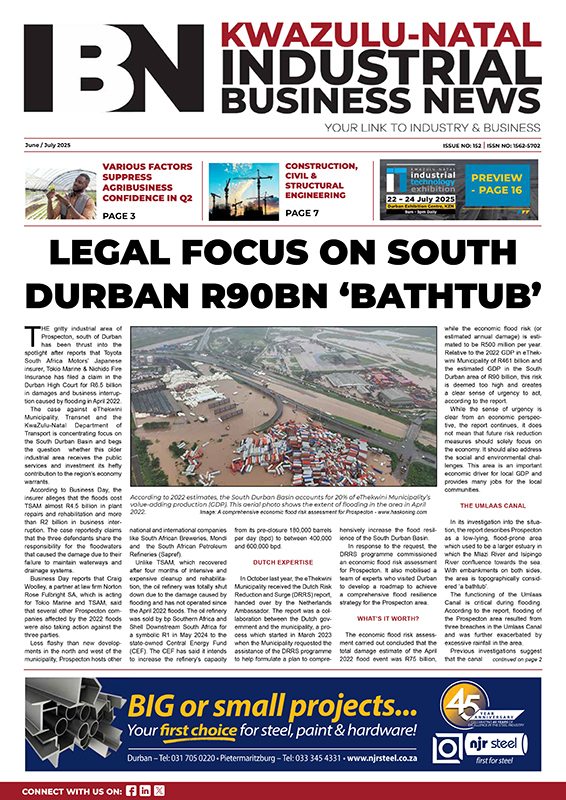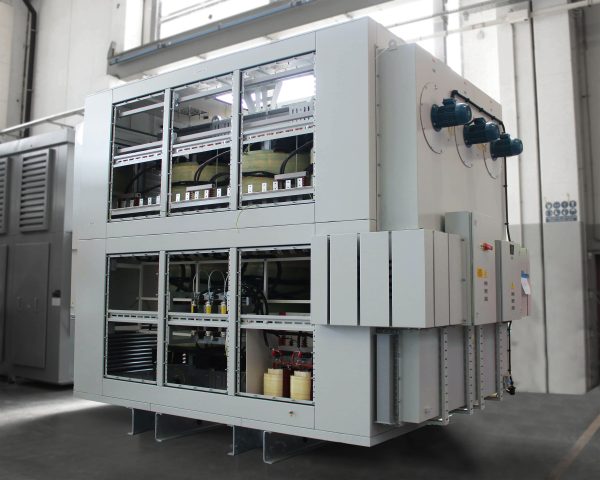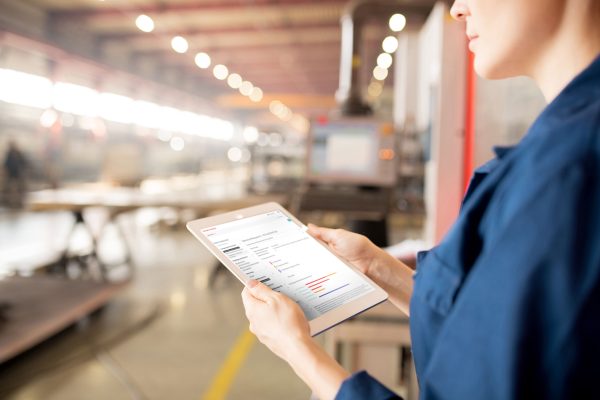IT will cost R1 trillion to repair, replace and restore South Africa’s broken water infrastructure.
That’s the eye-watering estimate from Akosua Boadu Anie, Senior Civil Engineer at Aseda Consulting Engineers, speaking at a recent webinar hosted by the South African Institution of Civil Engineering (SAICE).
“We are a water-stressed country, and while the state looks to improve existing infrastructure, we as civil engineers need to implement alternative approaches to conventional potable water and stormwater management,” she said.
Anie’s presentation focussed on the opportunities for implementing these new approaches in greenfield sites within rapidly urbanising areas. She said an integrated systems approach could turn urban areas from water-wasting to water-sensitive.
“To achieve this, we must consider the available water resources, the needs of different water users, sanitation, and stormwater issues.” This approach is defined internationally as water-sensitive urban design (WSUD), which has seen great uptake in Australia, the UK and New Zealand.
The cornerstones of WSUD are water-smart civil design elements such as rainwater harvesting, permeable pavements, green roofs and many others. Anie took attendees through a detailed case study of WSUD that was theoretically employed at a Greenfield site, empowering them with the information they would need to consider when implementing WSUD in their own civil projects.
Prof Adeshola Ilemobade from the School of Civil and Environmental Engineering at the University of the Witwatersrand told the webinar, “Water is a finite resource – we really need to consider our opportunities for optimising how water is managed in new developments.”
This, he added, goes beyond the private sector as, “WSUD has become a widely known concept, but adoption by municipal councils is low – this must be addressed. When municipal budgets are constrained, WSUD is perceived to be a ‘nice to have’ if funding allows.”
He also said that while capital expenditure may be higher for WSUD, there are significantly reduced operations and maintenance costs as a result of savings in municipal potable water – especially if rainwater harvesting is implemented. “This results in a financially viable benefit-cost ratio. This means WSUD can certainly lead to a break-even scenario – with invaluable social and environmental benefits.”
Webinar MC and chairperson of the SAICE Water Division, Dr Gisela Kaiser, concluded the event by saying that municipal revenue has been hard-hit by COVID-19, which is putting pressure on spending decisions, with competing financial priorities. “We need to lobby for WSUD and generate awareness of its importance for our future water management and ultimate water security.”








